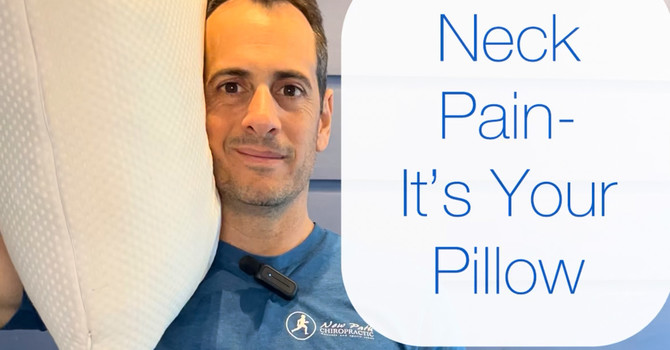
As adults, our spine is designed to form a natural S-shaped curve, and this structure plays a crucial role in how we move, support our body weight, and maintain overall postural health. These curves aren’t accidental—they’re biomechanically engineered to distribute mechanical loads, reduce strain, and allow for efficient, functional movement.
We are all born with a primary C-shaped curve, known as the kyphotic curve, located in the thoracic (mid-back) and sacral (pelvic) regions. As infants begin to develop head control and progress toward crawling and walking, we develop secondary curves in the cervical (neck) and lumbar (lower back) regions. These are known as lordotic curves, and they are essential for shock absorption and weight distribution through the spine’s individual joints.
However, modern life isn’t kind to our spinal curves. Prolonged sitting, excessive screen time, and poor postural habits often pull the spine out of its natural shape—leading to a flattened or “stacked” spine. Over time, this altered alignment increases mechanical stress on the intervertebral discs, facet joints, and surrounding soft tissue, setting the stage for disc herniation, spinal degeneration, and chronic back or neck pain.
The good news? Much of this is preventable. To maintain a healthy, functional spine:
-
Vary your position throughout the day—get up, stretch, and avoid long bouts of sitting.
-
Incorporate daily movement and mobility work, particularly spinal mobility drills.
-
Strengthen your spinal stabilizers, especially the deep core and posterior chain muscles that support proper alignment.
Spinal curves are not just a structural feature—they’re foundational to healthy movement and long-term musculoskeletal resilience. Protect them now, and your spine will support you for years to come.

Dr. Steve Muscari
Contact Me




